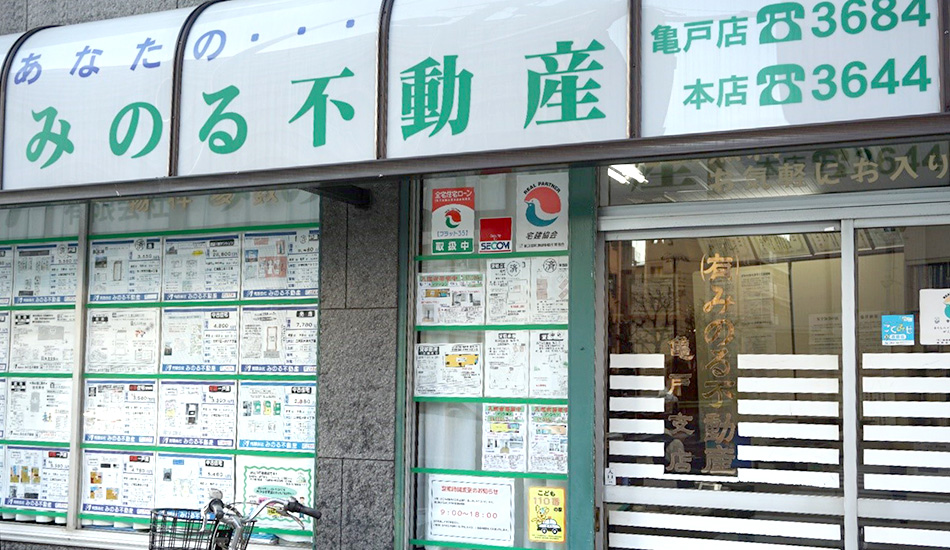The Kameido Property Market
Published: December 6, 2018
Looking for a place to rent can be a bit of a daunting task for a non-Japanese person in Tokyo, especially if you are not assisted by your employer and are not using one of the handful of real estate brokers which focus on well-off short-term expatriate clients.
Mr. Hiroshi Mikawa, president of Minoru Fudosan, kindly found time to sit down and explain the intricacies of the rental market in Kameido and the surrounding area.
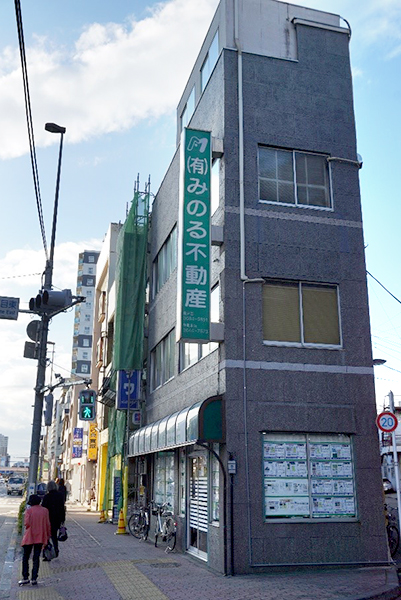
Mr. Mikawa should know about the property market, as he has been in the real estate broking business for the past 49 years, starting with his father in 1969 in the firm’s Kita-suna head office. His company handles both the sale and lease of all forms of property, such as one room apartments, detached homes, offices, small shops, and warehouses.
The firm’s property sales to leases ratio is 60%-40%, although Mr. Mikawa confided that there are hardly any houses for rent in and around Kameido; residential leasing being confined to “apaato” and “manshon” (known as flats, apartments, or condominiums in English).
Looking round the office of Minoru Fudosan there is no waste of space with Japanese real estate agents: the windows are not for looking out of or into, but for displaying properties for sale or rent.
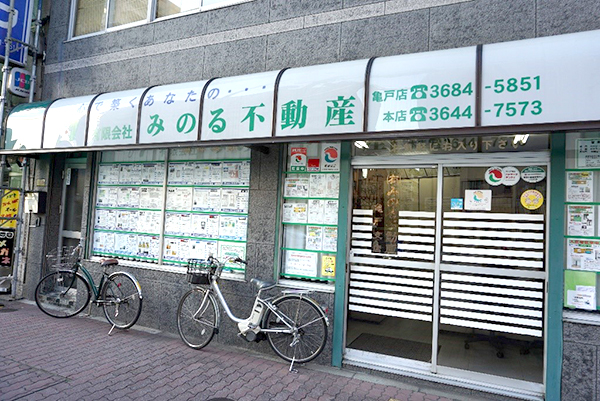
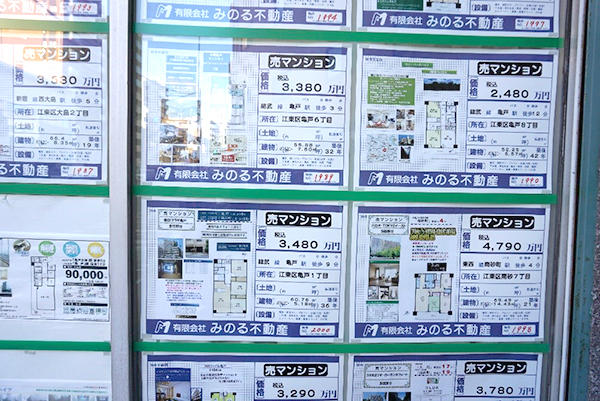
And space inside is utilised to the full. As Mr. Mikawa says, “You don’t need a gorgeous office as the staff are always out showing properties to clients.
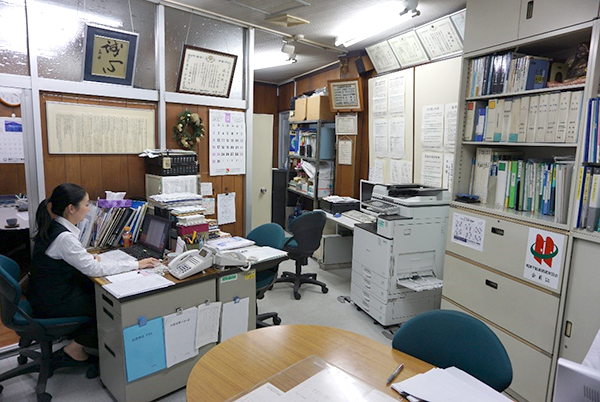
When I asked Mr. Mikawa what the primary considerations were when renting property, he listed the following:
- Proximity to an underground or overground railway station
- Facilities such as shops or convenience stores, and parks (for families)
- Alignment of the property; generally south-facing is preferred to catch sunlight during the day, but east-facing suits early risers; and the more sunlight a property receives the lower the heating bills
- Superstition also plays a consideration in which day a lease or purchase contract is signed, or people move, based on the traditional assigning of names to the lunar calendar.
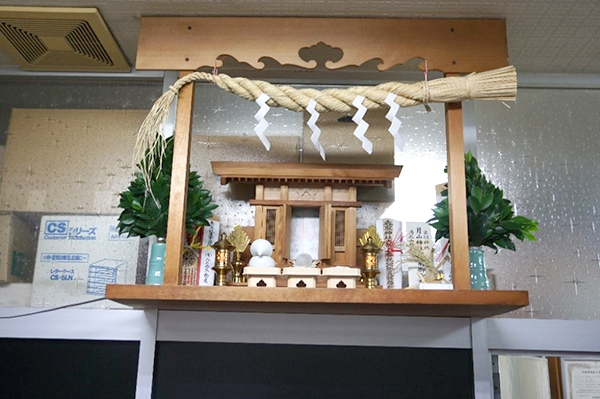
I then broached the matter of fees. Traditionally, these consist of “shikikin”, a deposit of 1 month’s rent returnable at the end of the lease contract (provided there are no repairs of damage occurred during the tenancy), and “reikin” (also referred to as “key money”; this is basically a gift to the landlord) equivalent to 1 month’s rent.
In addition, landlords require a guarantor to act as a back stop in case the tenant fails to pay the rent. This is usually a relative or employer, or teacher in the case of a non-Japanese person studying at a language school.
The real estate broker generally does not charge fees to the tenant; they are all paid by the landlord: however, the landlord typically pays his or her fees out of the money handed over by the tenant.
Mr. Mikawa advised that a rental contract is normally fixed for a period of 2 years for residential property (unlike, say, in England where tenant leases are often of a 6 months short term variety), and properties in Japan are leased predominantly unfurnished.
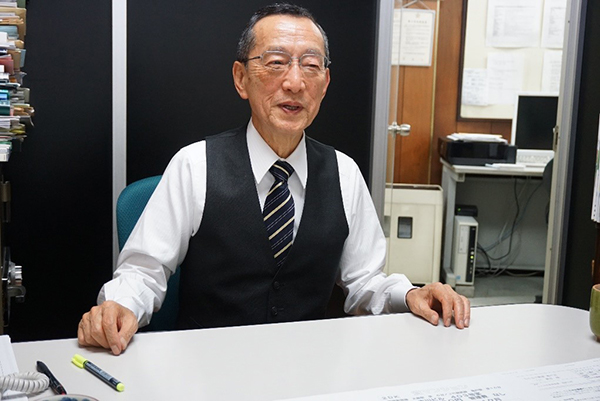
When I queried how easy it is for a non-Japanese person looking to rent property through a local broker, Mr. Mikawa admitted that it can be difficult. Not only is language important (if you cannot speak Japanese it is essential that you bring along a native speaker or someone who is fluent in the language), but flat-hunters should be aware that many landlords live in the apartment block which they are renting out, and the estate agent has to persuade him or her that there are not going to be any cultural issues nor problems with that perennial bugbear, local rubbish disposal rules.
And when choosing a real estate agent to help with your property search, always look for the sign of the dove which shows that the estate agent is a member of the Real Estate Brokerage Association.
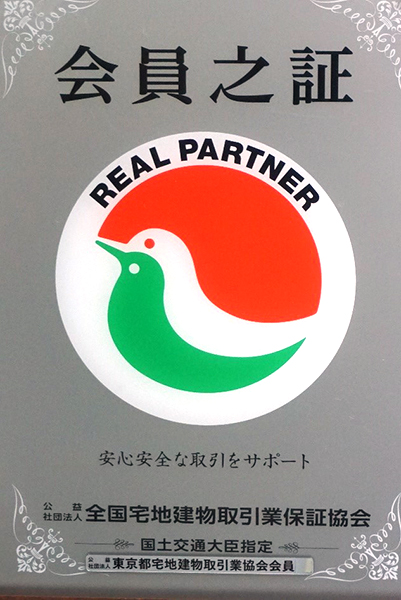
Good luck with your property-hunting!
Story and photographs by Jeremy Hutchinson

